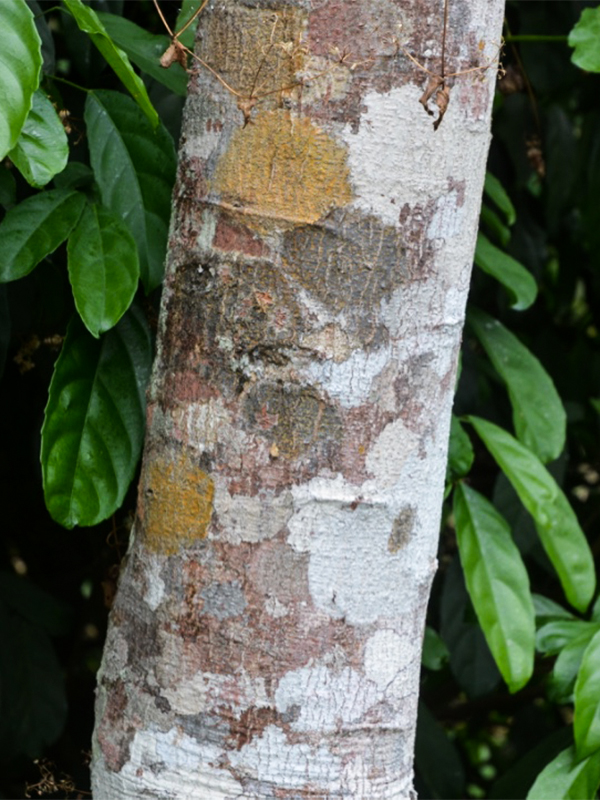
Tropicals, Woody > Albizia > Albizia odoratissima > Albizia odoratissima
Albizia odoratissima
Black Siris, Ceylon Rosewood, Fragrant Albizia, Tea Shade Tree
Origin: India and South Asia.
| Family |
| Fabaceae |
| Genus |
| Albizia |
| Species |
| odoratissima |
| Category |
| Tropicals, Woody |
| Type |
| Tree (deciduous) |
| Canadian Hardiness Zone |
| Requires cold season protection under glass. |
| Height |
| 15 - 25 m |
Photographs
Description and Growing Information
Flowering Period
| Cultivation |
| Susceptible to frost. Will tolerate a wide range of soil types but does best in moist, well-drained, loamy soils. |
| Growth |
| Fast |
| Pests |
| Seeds can be damaged by Bruchidius beetles. |
| Habitat |
| Grows in a variety of areas in southern Asia, from sea level to about 1,800 m, with an annual rainfall of 600 - 3,000 mm. Growing in open areas and preferring moist soils. |
| Bark/Stem Description |
| The bark is dark grey, slightly cracked, peeling in irregular small plates with horizontal lenticels. The inner bark is red while the wood is durable and dense. |
| Leaf Description |
| Leaves are bipinnately compound, 3-8 pairs of pinnae with 8-16 pairs of blunt leaflets that may be slightly downy. |
| Flower Description |
| Fragrant, appearing in large terminal clusters and sweetly fragrant in the spring. |
| Fruit Description |
| Seed pods are thin and flat, contain eight to twelve seeds, and grow to 13 - 20 cm long and 2 - 4 cm wide. |
| Colour Description |
| Bark is dark grey, with the heartwood ranging from dark brown to black that is often striped. Flowers are white and wither to a pale orange. Mature seed pods and seeds are reddish-brown. |
| Notable Specimens |
| Queen Sirikit Botanic Garden, Chiang Mai, Thailand. |
| Ethnobotanical Uses (Disclaimer) |
| One of the top nitrogen-fixing trees. In Bangladesh, large areas of tea and coffee plantations are shaded by this species, while the foliage makes good cattle fodder. The wood seasons with few problems, and works and polishes well, finding applications in structural timber, furniture and agricultural implements. |
